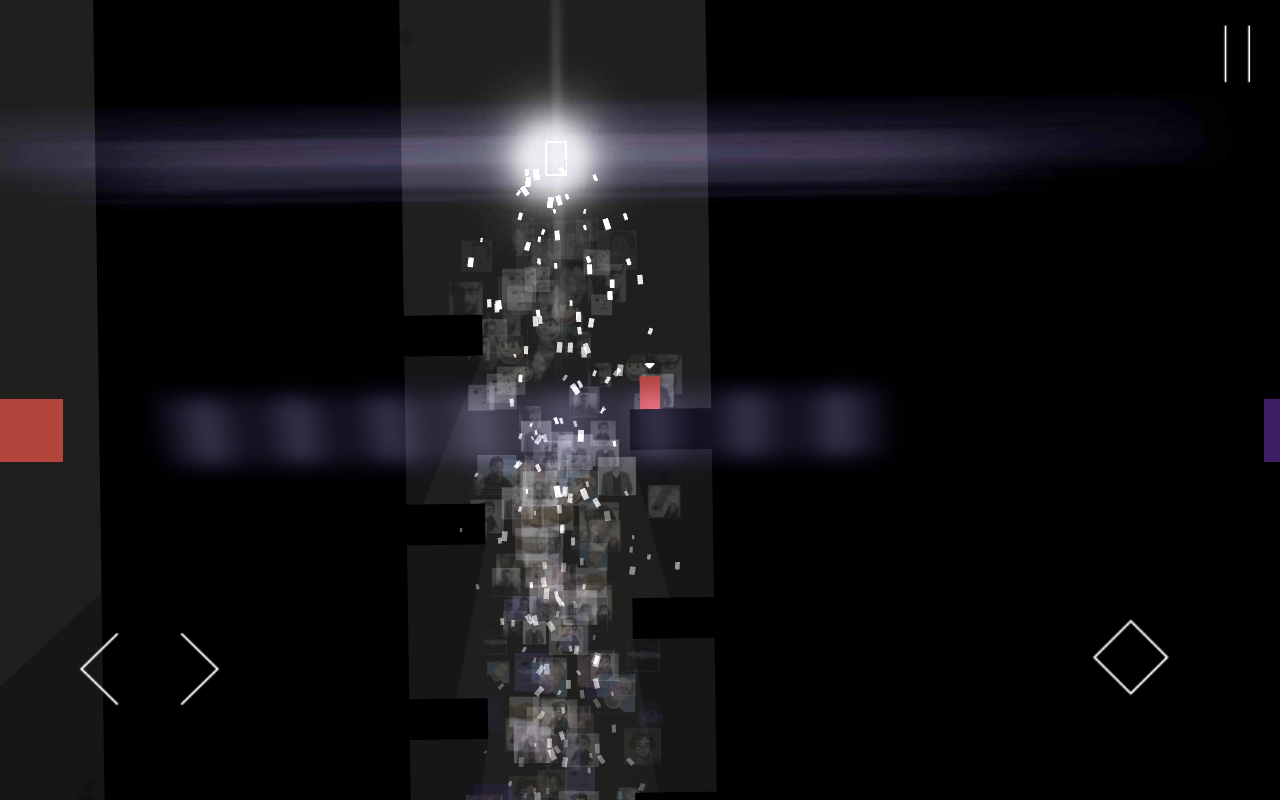
The third section consists of two essays on the lives of Thomas Becket that were composed shortly after his death. One essay (‘The Bible as Map’), published posthumously, compares his presentation of a major theme, the earthly and heavenly Jerusalem, with the approach adopted by Bede. The five studies in the second part, devoted to Adomnán, discuss his life of Saint Columba (the Vita Columbae) and his guide to the Holy Places (De locis sanctis). Two of the essays are published here for the first time. The first part consists of seven studies of Bede’s writings, notably his biblical commentaries and his Ecclesiastical History. This volume is a collection of 16 essays, old and new, relating history and exegesis in the writings of Bede and Adomnán, and in the lives of Thomas Becket.

In these three areas she explored the connections between historical texts, artistic images and biblical exegesis.

Garnier De Pont Ste Maxence S Vie De Saint Thomas Le Martyrĭescription: When she died in 2016, Dr Jennifer O’Reilly left behind a body of published and unpublished work in three areas of medieval studies: the iconography of the Gospel Books produced in early medieval Ireland and Anglo-Saxon England the writings of Bede and his older Irish contemporary, Adomnán of Iona and the early lives of Thomas Becket. Combining a wide historical scope with detailed textual analysis, this book will be of great interest to scholars of medieval religious history, art history, liturgy, sanctity and hagiography. In addition, several chapters are devoted a discussion of artworks in various media devoted to the saint, as well as liturgies and sermons composed in his honor. The book offers a thorough commentary and analysis which demonstrates how the Canterbury martyr was viewed by writers of previous generations as well as our own, showing how they were influenced by the intellectual trends and political concerns of their eras, and indicating how perceptions of Thomas Becket have changed over time. The Cult of Thomas Becket: History and Historiography through Eight Centuries contributes to the lengthy debate surrounding the saint by providing a historiographical analysis of the major themes in Becket scholarship, tracing the development of Becket studies from the writings of the twelfth-century biographers to those of scholars of the twenty-first century. News of the event was rapidly disseminated throughout Europe, generating a widespread cult which endured until the reign of Henry VIII in the sixteenth century, and engendering a fascination which has lasted until the present day.

Description: On 29 December, 1170, Thomas Becket, Archbishop of Canterbury, was brutally murdered in his own cathedral.


 0 kommentar(er)
0 kommentar(er)
